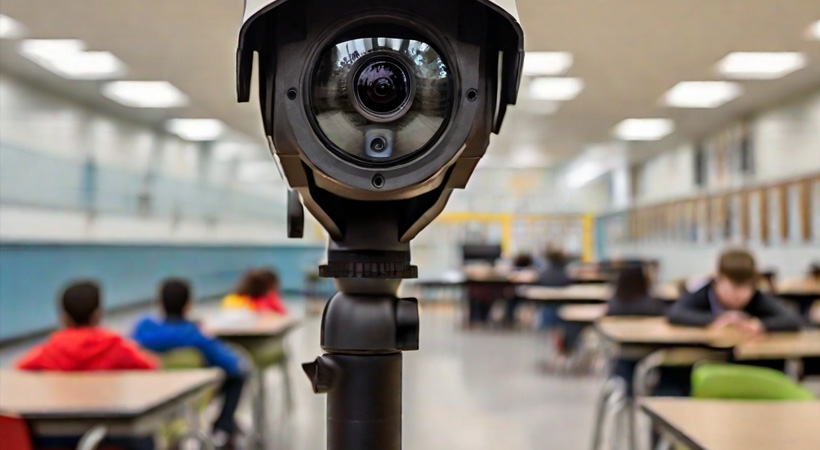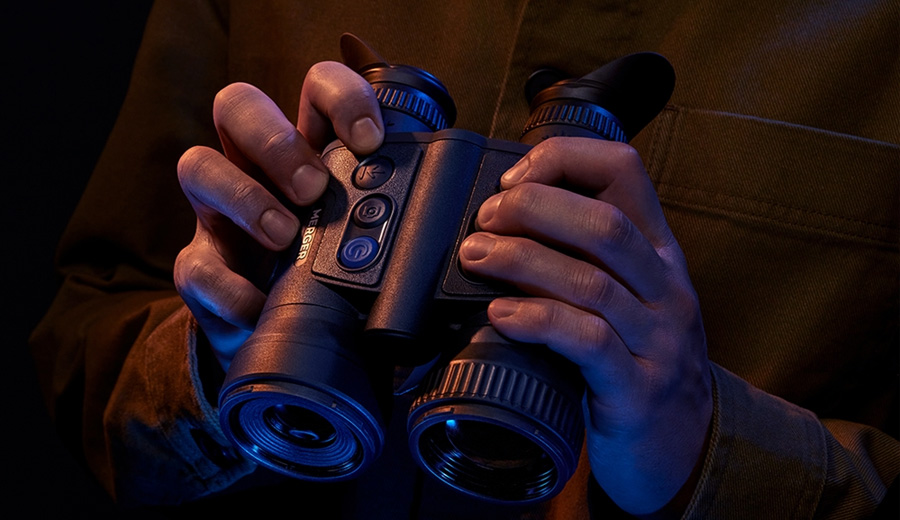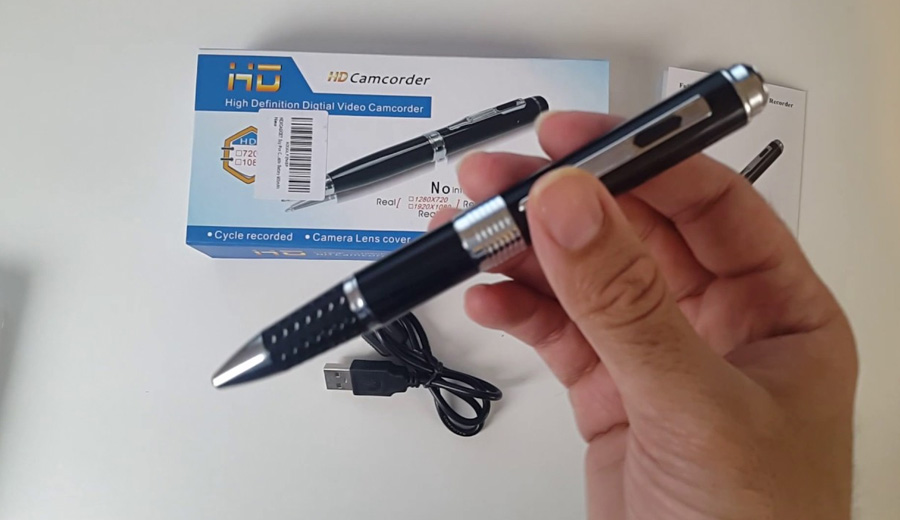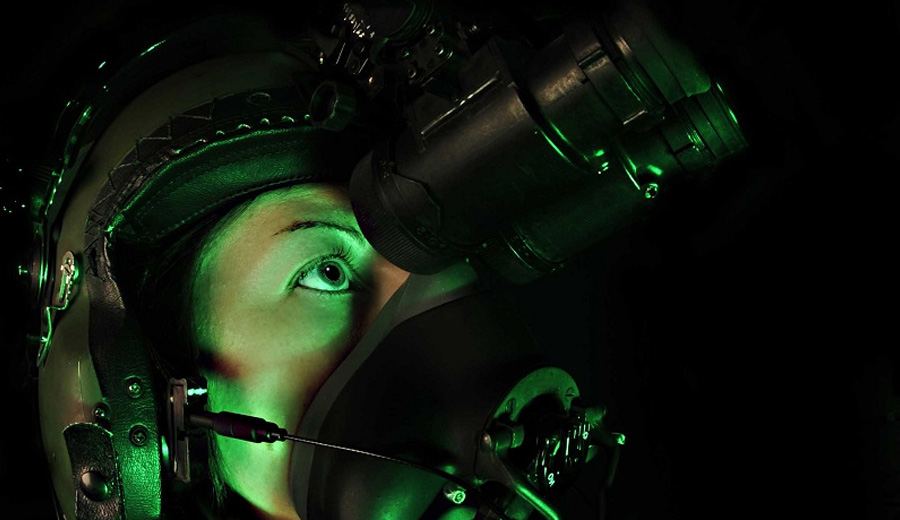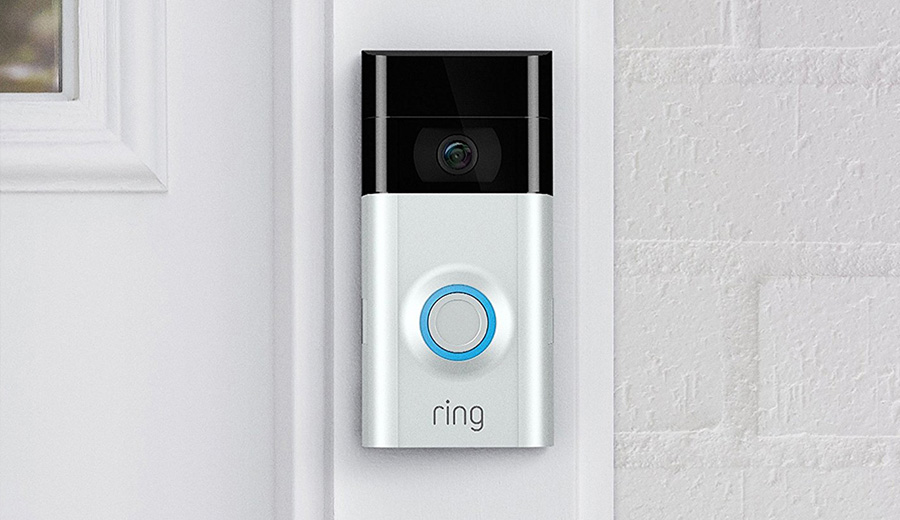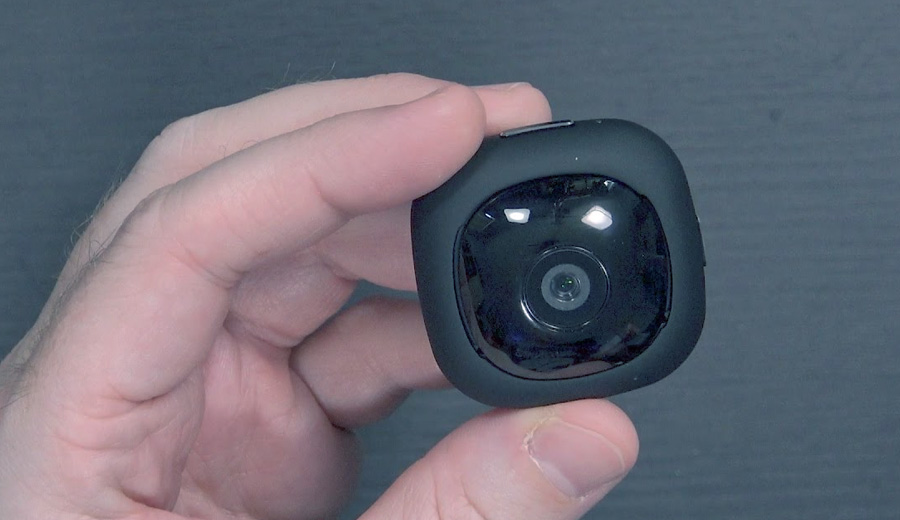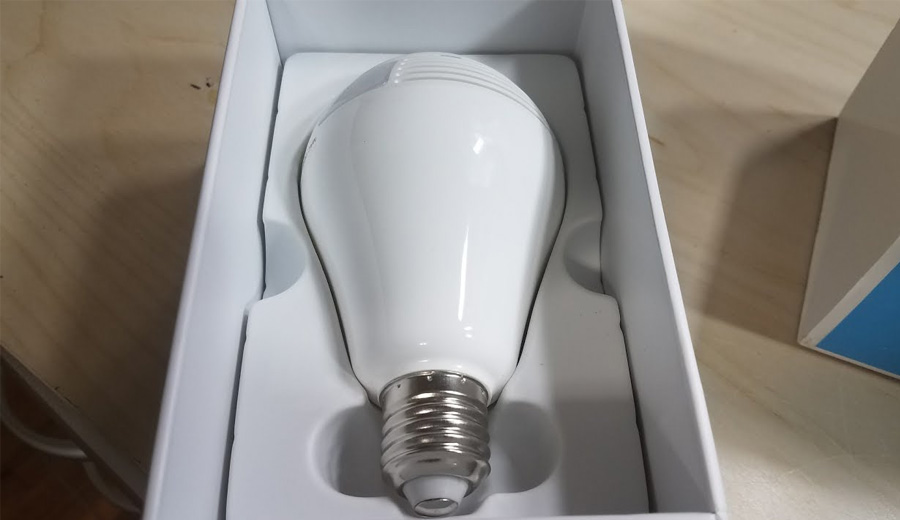The use of surveillance cameras, or spy cameras, in schools has been quite rampant. Because of that, effect on student privacy, safety, and morality remains a cause for concern for many parents and activist groups.
Although surveillance systems are used in schools with the purpose of enhancing security measures and monitoring student behavior, they often fall within this thin line between safety and possible violation of rights.
History and development of surveillance in schools.
The safety of students and staff in schools has been guaranteed through various security measures for a long time now. Bullying, theft, and violence are some of the issues that are usually prevented in the schools, using CCTV cameras, and a variety of surveillance systems, including metal detectors.
These measures have since been expanded in the digital age, taking advantage of technologies like facial recognition, biometrics, and even social media surveillance.
These developments are meant to offer real time tracking, early warning and quick intervention. Nevertheless, the unprecedented development of these technologies precedes the formulation of a proper regulatory framework.
Top 10 Reason for Schools to Use Surveillance Cameras
If you wonder why this technology is necessary in public schools, there are a few reasons for that. Here are the main reasons why surveillance is necessary, even in high schools.
- Crime Prevention and Security:
They act as a crime preventive measure ensuring that no one vandalizes, steals or assaults anyone in the school. Such cameras would discourage young people’s engagement in criminal activities, it makes the whole environment safer. - Response to Violent Incidents or Threats:
Surveillance systems can be used to respond to tragic events involving violence in schools such as shootings or acts of terrorism by allowing quick responses from the security personnel or law enforcement. - Monitoring Restricted Areas:
Cameras are placed in sensitive areas like entrances, exits, parking lots, and hallways to prevent illegal entry of unauthorized persons and to watch over the students for their security. - Bullying and Conflict Resolution:
The use of surveillance cameras in monitoring for occurrences of bullying, harassment, or physical fights in students is intended to discourage these behaviors. They also provide proof for conflict resolutions and disciplinary measures. - Student Safety and Supervision:
In addition, cameras make it possible for school authorities to keep watch on various areas that may not have direct human supervision, including large hallways and playgrounds, ensuring that students are in a secure atmosphere. - Preventing Drug Use or Illegal Activity:
The surveillance systems ensure detection and deterrence of drug related, or other illegal acts on school premises, which makes it possible to maintain a safe and drug free environment. - Accountability and Record-Keeping:
Cameras keep records providing accountability to the students and staff and also provide evidence in cases of disputes, accidents, and incidents. - Emergency Preparedness:
Cameras allow monitoring of situations and guide response measures during emergencies including medical, natural disaster, and security. - Parental and Community Reassurance:
The presence of surveillance cameras can reassure parents and the local community of the school’s commitment to safety and security, fostering trust and confidence in the educational institution. - Compliance with Regulations:
In some cases, schools install surveillance cameras to comply with specific local or state regulations, security mandates, or to fulfill insurance requirements.
Legal Framework: Balancing Safety and Privacy
Depending on state or country, the legal context of surveillance in schools is highly complex. For instance, FERPA is a law that protects US students’ information and privacy.
These laws preceded the emergence of advanced surveillance procedures in school environments, creating loopholes in their coverage and application.
FERAP mainly emphasizes security of academic records and restrictions imposed in revealing sensitive details. It may not be explicitly applied to surveillance cameras, biometric systems, or digital monitoring tools. The lack of direct statutes targeting the latest surveillance technology in schools has instigated doubtfulness and debates about their lawfulness and morality.
On the other hand, some states and countries have developed clear standards.
For instance, some regions require parental consent for certain types of monitoring, limit the storage duration of surveillance data, or demand strict protocols for handling sensitive information.
Ethical Dilemmas: Privacy vs. Security
Besides the legal intricacies, ethical issues arise a crucial part of the debate on school surveillance.
School environment is supposed to develop and teach, creating an atmosphere of safety and nurture. Perpetual surveillance can lead to an atmosphere of suspicion which undermines the basic trust between teachers, administrators, and students in school.
Surveillance is an infraction to the school student’s privacy and can affect them socially. Continuous monitoring could prevent them from expressing themselves freely, exploring and making mistakes, and develop an atmosphere of self- censorship, self-doubt.
The surveillance is also unbalanced whereby it affects some groups more than others such as marginalized students and students with disabilities where concerns are raised regarding discriminatory practices and exacerbating existing inequalities.
Finding a Balance: Implementing Ethical Surveillance Practices
Balancing the imperative of safety and the respect for individual privacy requires a thoughtful, multifaceted approach:
- Transparency and Communication: Schools need to make open discussions with students, parents and staff on what is being surveyed, how much it will be done, and the limits of the surveillance.
- Purpose Limitation and Data Protection: Monitoring in limited spaces, use of data only for their intended purposes, and high-level data protection can help control privacy issues.
- Periodic Reviews and Accountability: Continuous evaluations that check that such systems remain necessary for ethical reasons along with supervision is important.
- Ethics Education and Policy Development: Promoting programs in the area of digital literacy, privacy and responsible use of technology, in the long run, promotes a culture with heightened awareness about and respect for privacy.
Conclusion
It is important to find a balance between security and privacy while dealing with surveillance in schools.
Though the latest technology has been of great importance in improving security, there are legal and ethical bounds that should be upheld to avoid invading students’ privacy and personal space.
Schools can maintain security concerns while ensuring that student’s basic rights and wellness are not compromised by putting in place clear policies, assuring openness, and inculcating ethical attitudes.
However, it is necessary to keep up with new technology and not compromise the essence of education, as well as, personal protection.

